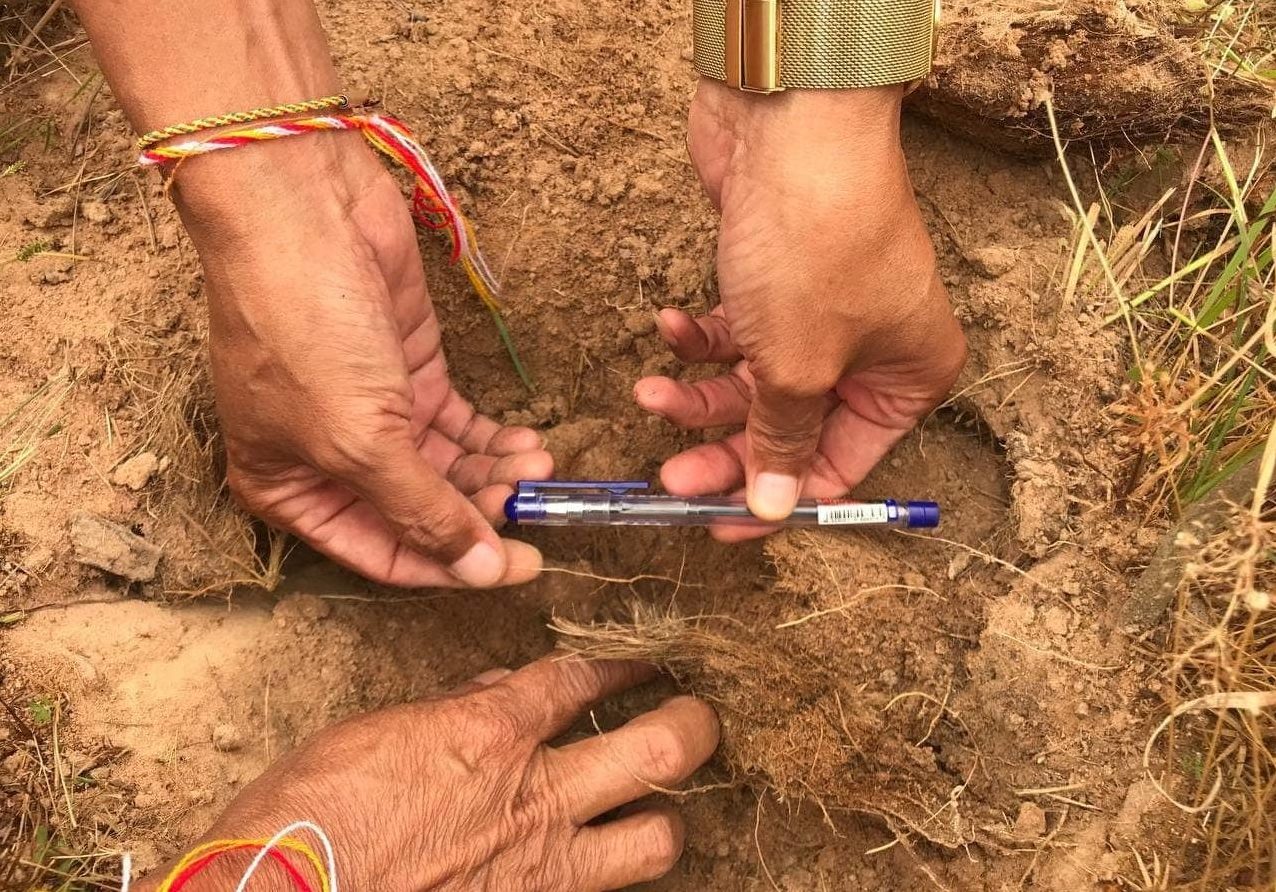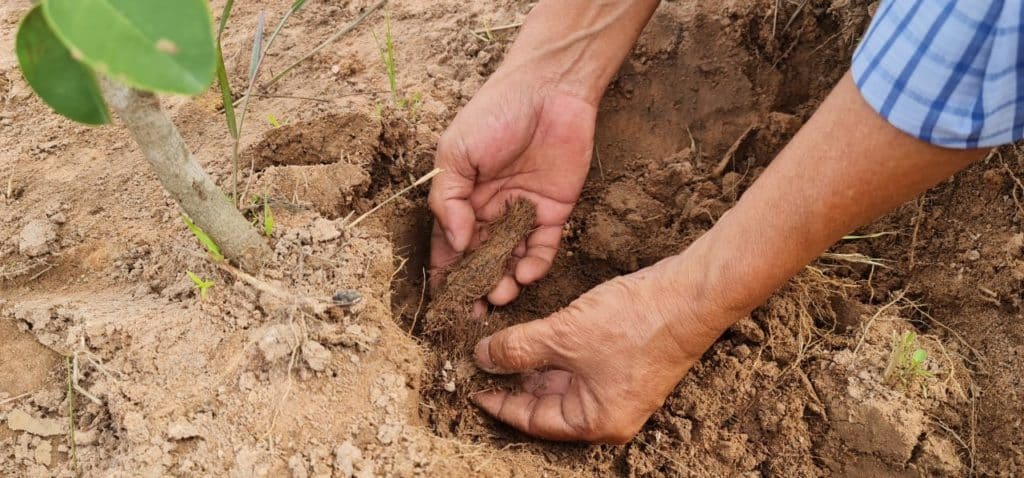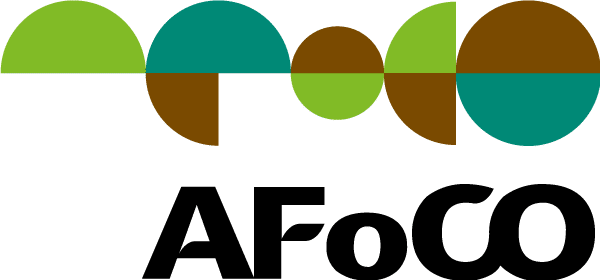This article presents one of the major outputs from the research project, “Performance of Cluster Method in Rehabilitating Degraded Lands in Cambodia (AFoCO/021/2021)” in Khun Ream, Siem Reap Province, Cambodia. This two-year project is implemented under the collaboration between AFoCO, NIFoS (National Institute of Forest Science) of the Republic of Korea, and the Institute of Forest and Wildlife Research and Development (IRD) under the Forestry Administration of Cambodia.
Recognizing the importance of forests in maintaining watershed and ecosystem functions, the government and Civil Society Organizations (CSO) of Cambodia have been actively conducting several rehabilitation activities in degraded areas. Yet, the rehabilitation of degraded lands has met with limited success as many restoration sites suffer from high plant mortality. Finding a practical means of overcoming this challenge involves the continuous testing of various restoration techniques. Siem Reap province is an important province in Cambodia not only because of its historical value but also because it is where the Stung Sreng watershed—one of the largest watersheds in Cambodia—is located. The restoration of degraded lands in Siem Reap is particularly challenging due to the poor water-retaining capacity of its soils. Many parts of the soil are sandy and dry out easily, resulting in water-stressed conditions that make the survival of planted seedlings difficult.

The low mortality of planted seedlings can be addressed using a water-retaining agent. The use of water-retaining agents has been adopted in many reforestation activities. The addition of a material that can act like a ‘sponge’ may help in storing soil moisture and gradually releasing it for plant growth. Several studies cited the hygroscopic properties of coconut husks. Coconut husks offer some advantages since it is cheap and biodegradable, and above all, they are agricultural wastes. It can be used as a water-retaining material that can help in increasing the survival of planted seedlings. Coconut husks are highly hygroscopic materials that can retain up to 8 times their weight in water, hence making them an ideal water-retaining agent.
Coconut husks were placed in the root zone of the planted seedlings to test their ability to retain soil moisture which is then absorbed by the roots of the plants. Visual examinations of the root zones of D. cochinchinensis reveal that those with coconut husks are wetter than those without husks. The initial result of the study indicates that the mean heights of Dalbergia chinensis plants with coconut husks are significantly higher as compared to those without coconut husks. Plants with coconut husks are also observed to have more extensive root systems. These initial results show the potential of coconut husks as a water-retaining material. It can be used as a low-cost technique to improve planting conditions. The study still needs to be continued since some of the study variables such as diameter and survival are not significantly different from the other treatment groups that have no coconut husks. For the remaining project period, the project team will continue maintaining the resource plots and protecting the site from diseases and fire. Measurements of the growths will also be conducted and monitor the other data needed for the study.



Contributed by Dr. Sokh Heng (Director of IRD), Dr. Edward V.Maningo (Researcher), and Mr. Prak Marina (Project Coordinator of AFoCO/021/2021)

